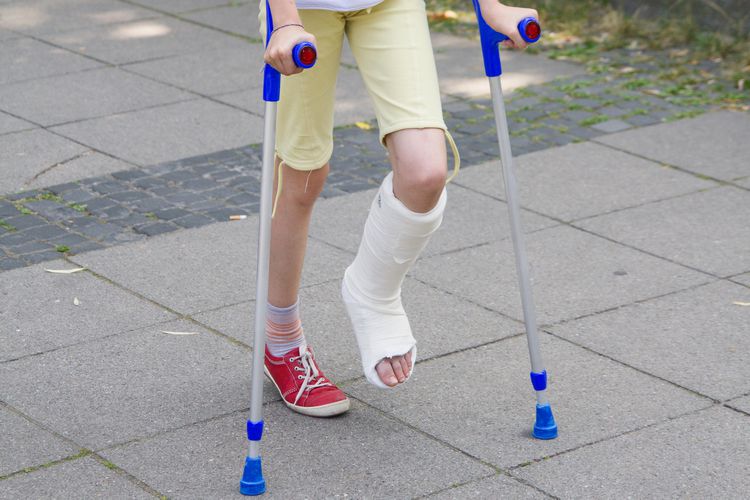What are the symptoms of a spiral fracture?
A spiral fracture is a type of bone fracture that occurs when a bone is twisted apart. The symptoms typically include:
- Severe pain: Pain at the site of the fracture, often aggravated by movement or pressure.
- Swelling and bruising: Swelling and bruising around the affected area due to bleeding and inflammation.
- Deformity: The affected limb or bone may appear deformed or misaligned.
- Limited mobility: Difficulty moving the affected limb or joint, often due to pain and swelling.
- Tenderness: The area around the fracture may be tender to the touch.
- Difficulty using the limb: Inability to use or bear weight on the affected limb, especially if it involves a leg or arm.
A spiral fracture often results from a rotational or twisting force applied to the bone, and it’s commonly seen in sports injuries, accidents, or trauma.
What are the causes of a spiral fracture?
A spiral fracture is typically caused by a twisting or rotational force applied to the bone. Common causes include:
- Sports Injuries: Activities that involve sudden twists or turns, such as skiing, football, or gymnastics, can lead to spiral fractures.
- Accidents: Motor vehicle accidents or falls from a height that involve rotational forces can cause spiral fractures.
- Trauma: Physical assaults or other traumatic events where a twisting force is applied can result in this type of fracture.
- Child Abuse: In cases of suspected child abuse, spiral fractures can sometimes be seen, especially in the long bones.
- Weak Bones: Conditions that weaken the bones, such as osteoporosis or certain bone diseases (osteomalacia, Paget’s disease, multiple myeloma), make the bones more susceptible to fractures from less forceful twists or rotations.
Spiral fractures occur due to the nature of the force applied, and the fracture lines typically spiral around the bone, making it distinct from other types of fractures.
What is the treatment for a spiral fracture?
The treatment for a spiral fracture typically involves several steps:
- Immobilization: The initial step in treatment usually involves immobilizing the fractured bone to prevent further movement and promote healing. This is often achieved with a cast or splint. In some cases, a brace or sling may be used, depending on the location and severity of the fracture.
- Pain Management: Pain relief is an important part of treatment. Over-the-counter pain relievers like ibuprofen or acetaminophen may be recommended, and in some cases, stronger medications may be prescribed by a healthcare provider.
- Reduction: If the fracture is displaced (the bone ends are not properly aligned), a procedure called reduction may be necessary to realign the bone. This can be done either manually (closed reduction) or through surgery (open reduction).
- Surgery: In cases where the fracture is severe, complex, or does not heal with conservative methods, surgical intervention may be required. This might involve the use of plates, screws, or rods to stabilize the bone and facilitate proper healing.
- Rehabilitation: Once the bone has started to heal, physical therapy or rehabilitation exercises may be recommended to restore strength, flexibility, and function to the affected area. This helps to prevent stiffness and improve range of motion.
- Follow-up Care: Regular follow-up appointments with a healthcare provider are important to monitor the healing process through physical examination and imaging tests like X-rays.
The specific treatment approach can vary based on factors such as the location and severity of the fracture, the patient’s overall health, and their activity level.

Leave a Reply
You must be logged in to post a comment.